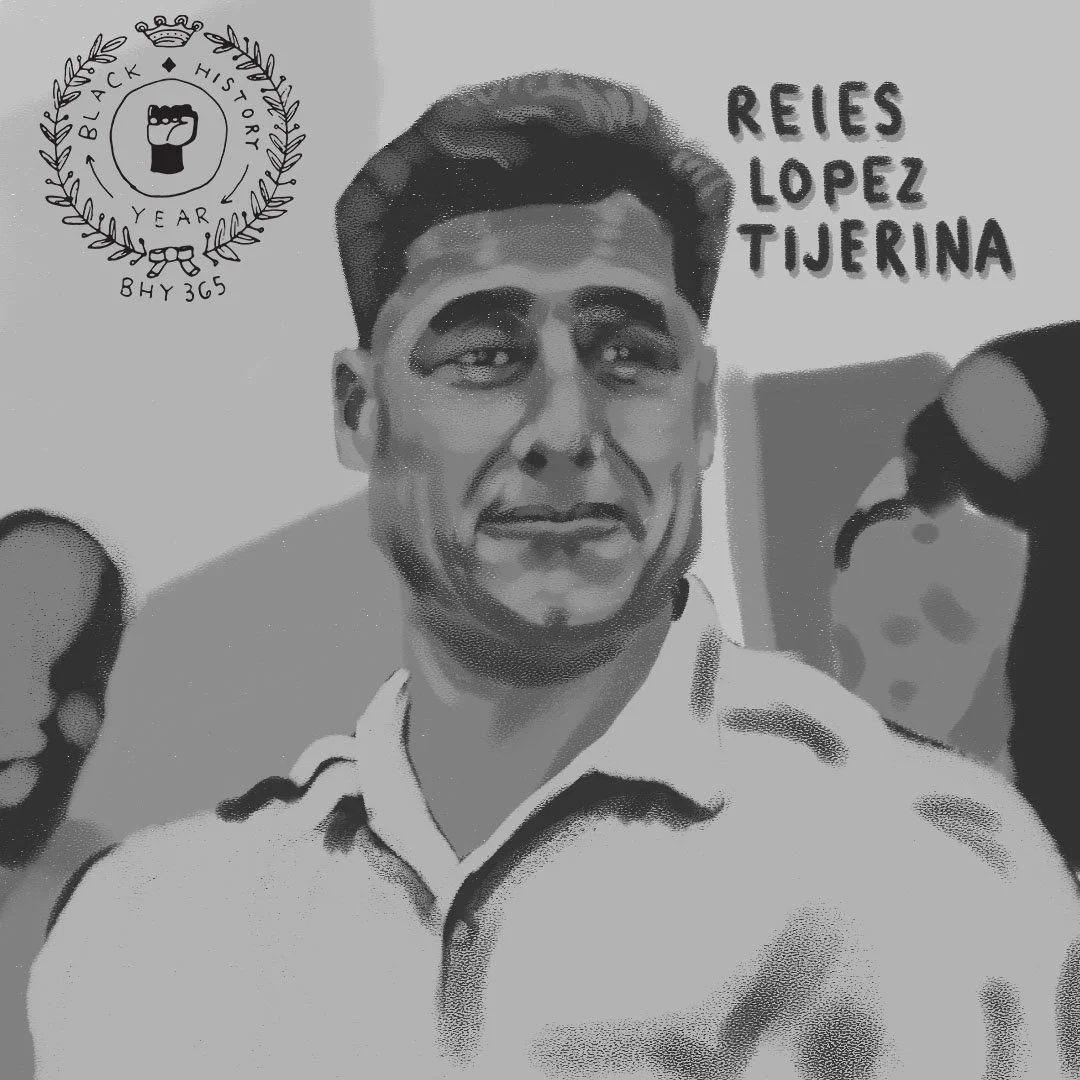This is Bayard Rustin. He was the man responsible for organizing and strategizing the March on Washington in August 1963. He had so-called controversial ties to communism and was also a gay man and was considered too much of a liability to be in the front line of the movement. A lot of that is credited to Martin Luther King. Behind the scenes he was known as one of the most brilliant minds in the movement. Rustin broke from the Communist Party when it gave unwavering support to Joseph Stalin; but unlike many former so-called Communists who later flipped to so-called rightwing politics, Rustin remained a committed so-called socialist for the rest of his life. Socialism is rooted in the belief that in an economic system whatever industries that are owned by private businesses should be owned by the workers. Rustin was the man behind the “I Have A Dream” speech. However MLK did regret this speech. Reflecting upon it he feared he was integrating his people into a burning house. He felt that America was not being true to what America’s founding father’s wrote on paper. His perspective started to change. He was assassinated within 24 hours of making his last speech “I’ve Been To The Mountaintop”. Mr. Rustin’s involvement behind Martin’s change of heart is not nentioned nor is this last speech highlighted.
Black History 365 | #114 Reies Lopez Tijerina
Are you familiar with the Chicano leader Reies Lopez Tijerina? He formed the Federal Alliance of Land Grants in 1962. And in June 1967 he led an armed takeover of a New Mexico courthouse where a prison guard was shot and Deputy Sheriff was injured. This thrust him into the national spotlight and he became the catalyst for an entire generation of activists. One year before the Tierra Amarilla Courthouse Raid, Tijerina and the Alianza organized peaceful protests in Albuquerque and Santa Fe. He is quoted as saying “They stole our land and gave us powdered milk!” Two months after his armed takeover he reached out to hold a meeting to explore Black and Brown unity. Virtually every major Black Power organization sent a representative. It was the Treaty of Peace, Harmony, and Mutual Assistance. The Treaty was a seven-part pact which acknowledged a mutual respect and a cooperative alliance. In this pact there are articles stating that both peoples will not make false propaganda of any kind whatsoever against each other, either by SPEECH or WRITING. Never to permit violence or hate. To cure and remedy the historical errors and differences that exist between the two peoples. Chicano activists after this claimed that the Black and Chicano communities oppression, dreams, and demands are one. This was published in the La Raza’s newspaper in 1968. I’m not sure of the lasting impact of this treaty. You tell me what you see in the world today if we’re united or not. At the time however, this treaty and new position of togetherness was a considerable shift from previous Mexican American generations who were openly assimilationist and sought to assert Mexican identity as European. In conclusion written in the treaty is that this pact would be valid between Black and Brown people as long as the Sun and Moon shall shine. ☀️ 🌙
Black History 365 | # 113 The White Panther Party
Have you heard of The White Panther Party? No it was not a white supremacist group formed in opposition of the Black Panther party. Yes it was 3 white hippies (Pun Plamondon, John Sinclair, and Leni Sinclair) I say that respectfully. In Detroit they heard what Huey P Newton said white people could do to support the Panthers. Originally banning together and running a communal building holding similar interests in beliefs and values The Detroit Artists Workshop formed The White Panthers. In November 1968, they emerged as an anti-racist group that supported the Black Panthers. The White Panthers also promoted the anti-war movement and the decriminalization of marijuana. The Panthers originally wrote them off as “psychedelic clowns,” but showed them real love once they saw the actionable change they were making in Detroit. It was mostly popular among younger people — especially those who rejected capitalism, conservatism, and what they identified as American imperialism. Many of these youths protested against the Vietnam War and police brutality, and supported ideas like free love and legal drugs. They had a 10-point program modeled after that of the Black Panthers, and the White Panthers’ first point was complete support of the Black Panthers’ platform. They were targeted by police and raided numerous times before forming as the White Panthers with 54 people once arrested in a single raid, typically for marijuana possession. Following a raid, they provided assistance to people who were left homeless after the Detroit Riots in 1967 which resulted in the death of 43 people including 33 black people and 10 white people. Co-founder John Sinclair is quoted as saying “We dug black people ‘cause that’s there the great music came from and the great weed and the refreshing concepts of sexuality.” OK 👀. Yeah, their perspective and fantasy of Black culture offered them an expression of freedom from everything they felt was wrong with White America. And you can call me biased, but you know the real outside support comes from the Midwest. Major props to the White Panthers. Top tier solidarity indeed.✌🏾
Black History 365 | # 112 Oscar Michaeux, America's first Black filmmaker
Did you know Oscar Micheaux was the first black filmmaker? He was born into slavery in southern Illinois, but he left home to pursue work as a Pullman Porter on railroads. This was one of the best jobs a black man could have at the time. Still, he had bigger dreams as a writer. He wrote a series of novels, including his most famous, The Homesteader an autobiography of his experiences as a Pullman Porter. Two indie filmmakers made offers to him to buy the rights for that novel but he declined and did it his damn self. He is the first African-American to produce a feature-length film in 1919. Unfortunately his films were often banned from theaters, and/or destroyed, called immoral, and was said to incite crime. His legacy was essentially lost. His movie and movies are often seen as a response to the film that is credited for birthing Hollywood, D.W. Griffith’s The Birth Of A Nation. A three-hour film starting with the Civil War and ending with the Ku Klux Klan riding in to save the South from black rule during the Reconstruction era. The film uses white actors in blackface to portray black men as foaming at the mouth animals. And blackness in the movie is associated with male sexual power, violence, and r*pe. The message is that emancipated slaves are unworthy of being free, they’re uncivilized, and primarily concerned with being free so they could marry white women and prey on them. It was seen by an estimated 200 million Americans by 1946. Micheaux’s films were played in the 700 theatres that were part of the “ghetto circuit.” And was categorized as race films. Woy 🤦🏾♂️. Micheaux was one of the few black independents to survive the historical scrubbing that happens with black history because of the extra miles he went to insure his survival. While on promotional tours, he used his completed films, which he often distributed by hand to waiting theatres, to secure from personal investors the financing for his next project. He passed from heart failure on March 25, 1951 at the age of 67, in Charlotte, North Carolina on a business trip.
Black History 365 | # 111 Saartjie Baartman & The Victorian Bustle Dress
Did you know the upper-class European bustle is rooted in the exploitation of black women? Specifically Saartjie Baartman. A South African woman from the Khoikhoi tribe. God rest her soul. Baartman was forced by William Dunlop and Henrik Cesars to work as a slave. She was put on display at “freak shows” across Paris and London. Later in life, she became associated with an animal exhibitor, who forced Baartman into prostitution. At the age of twenty-six, Baartman died due to an inflammatory disease believed to be syphilis. Now, the Baartman-inspired bustle replaced the hoop skirt to provide wealthy women with a desirable figure that exaggerated the curvature of their butt. If you’re not figuratively blind you might see the newer versions and variations of how this still happens today.






